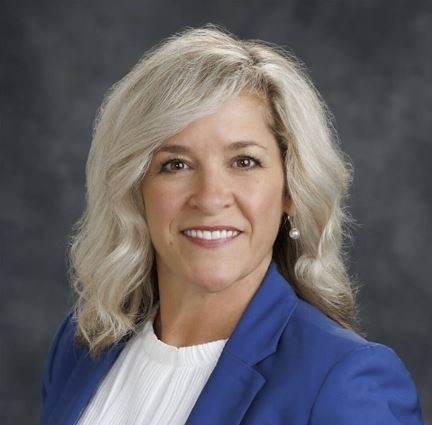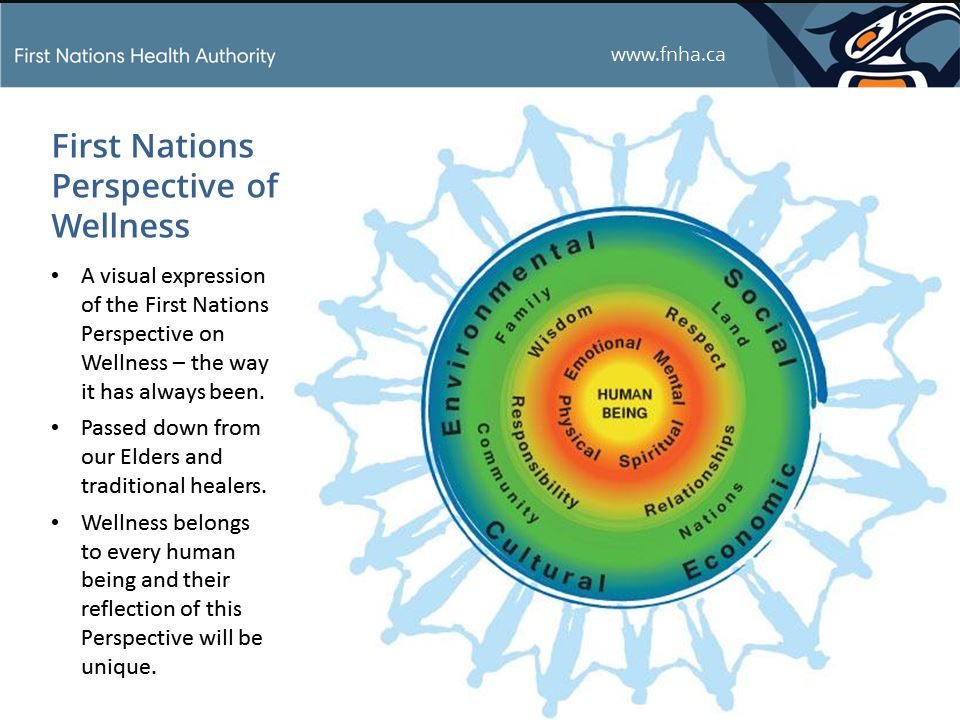|
Message from the Superintendent
 | Dear SD22 Staff Members, I am proud to highlight the important work of our SD22 Wellness Committee and the collective commitment across our district to promote a culture of care, connection, and wellbeing. The Wellness Committee plays a vital role in supporting organizational wellness. Their work is grounded in our Strategic Plan’s goal of Leadership Excellence, specifically our commitment to “cultivate positive staff experiences, supporting professional growth and wellness”. Wellness is not only about individual self-care—it is about creating systems and environments where people feel supported, valued, and connected. Organizational wellness means embedding care into our policies, our leadership practices, and our daily interactions. It means recognizing that when our staff thrive, our students thrive. Wellness in SD22 is not a one-size-fits-all initiative. It is an inclusive and evolving effort that reflects the diverse needs of our staff. Through the thoughtful distribution of wellness funds, the committee has empowered schools and departments to design wellness activities that are meaningful, accessible, and responsive to their unique contexts. These efforts are intended to build relationships, reduce stress, and promote joy across our district. I want to thank every member of the Wellness Committee, our school-based wellness advocates, and all staff who contribute to our shared vision. Your efforts are making a difference. Together, we are shaping a district where wellness goes beyond an initiative and becomes the cornerstone of how we lead, support, and thrive. With gratitude, Karla Mitchell |
Our School District Community
We respectfully acknowledge that we are located on ancestral syilx territory in south-central British Columbia. School District 22 serves the communities of Vernon, Coldstream, Lavington, Lumby, and Cherryville, providing excellent educational services to a diverse group of students.
 | The district employs 1,317 staff. The SD22 Wellness Committee believes that workplace wellbeing is a shared responsibility among employers, employees and representative unions/associations. Everyone has a crucial role in fostering a healthier work environment. |
Workplace Wellness
The Global Wellness Institute defines wellness as “the active pursuit of activities, choices and lifestyles that lead to a state of holistic health.”
Workplace Wellness is an awareness of as well as strategic actions aimed at reducing factors such as stress, burnout, work-life balance, and mental health (including psychological health and safety) that may contribute to an employee's deterioration of wellbeing.
Wellness is multidimensional and may include such things as:
- Physical: Nourishing a healthy body through exercise, nutrition, sleep, etc.
- Mental: Engaging the world through learning, problem-solving, creativity, etc.
- Emotional: Being aware of, accepting and expressing our feelings, and understanding the feelings of others.
- Spiritual: Searching for meaning and higher purpose in human existence.
- Social: Connecting and engaging with others and our communities in meaningful ways.
- Environmental: Fostering positive interrelationships between planetary health and human actions, choices and wellbeing.
Wellness and health are linked but are not synonymous. Wellness is a continuum, rather, that extends from a state of illness to a state of optimal wellbeing.
Canadian PerspectiveThe Government of Canada describes mental health as “the state of your psychological and emotional well-being. It is a necessary resource for living a healthy life and a main factor in overall health. It does not mean the same thing as mental illness. However, poor mental health can lead to mental and physical illness.” Good mental health allows you to feel, think and act in ways that help you enjoy life and cope with its challenges. The 2023 Research Report of Canadian perspectives on health, wellness, and employee benefits reports that the majority of Canadians surveyed agree that "physical health, financial situation, and job satisfaction contribute to mental health. (The 2023 survey was completed by 1,502 Canadians – representing all age groups and all provinces (excluding territories: Nunavut, Northwest Territories, and Yukon) – between January 6 and 16, 2023.) The First Nations Perspective on Health and Wellness views Wellness as a fluid concept with concentric circles (wellness streams) that impact the wellness of the individual. The centre circle involves the concept of individuals taking responsibility for our own health and wellness (First Nations or not). The second circle speaks to the importance of Mental, Emotional, Spiritual and Physical facets of a healthy, well and balanced life. The Third Circle represents the overarching values that support and uphold wellness: Respect, Wisdom, Responsibility and Relationships. The Fourth Circle depicts the people that surround us and the places from which we come (Land, Community, Family and Nations.) The Fifth Circle depicts the Social, Environmental, Cultural and Economic determinants of our health and well-being. And finally, the outer circle depicts the people - strong children, families, elders, and people in communities. The people are holding hands to demonstrate togetherness, respect and relationships, which in the words of a respected BC elder can be stated as "one heart, one mind." Children are included in the drawing because they are the heart of our communities and they connect us to who we are and to our health. |
Wellness Committee
The SD22 Wellness Committee is a committee of the Superintendent whose purpose is to “enhance the integration of workplace wellness in School District 22 and to promote employees' awareness of, and tools for, caring for their physical and mental health.”
Committee Mandate
|
The Wellness Committee 2025-2026
|
Wellness Funds
|
Wellness in SD22
I. Guarding Minds SurveyThe Guarding Minds Survey measures employee perceptions regarding psychosocial factors, psychosocial hazards, indicators of workplace inclusion and indicators of stress or trauma. Each of the factors can act as a risk or protection for employee well-being. The survey does not measure levels of personal or historical trauma or other personal factors that may also contribute to a person's wellbeing. The Wellness Committee sends out this survey to all SD 22 employees to gather data to assess the psychosocial factors that are positively or negatively impacting the psychological health of employees and the organization. The initial survey was completed in 2023. A second survey was completed in 2025. Employees will have the opportunity to fill out the survey every 2 years.
| |||
II. ConsultationThe Wellness Committee continues to collect feedback through:
| |||
III. Feedback MechanismIn addition to your participation in the wellness survey, staff are welcome to use the feedback tools available. All submissions are anonymous, unless you provide your email with a request for a follow up directly to you. All feedback will be reviewed, discussed, and actioned by the Wellness Committee. If you require immediate support please contact your local union representative or access support at: TelusHealth (Formerly Lifeworks) If you would like to provide feedback directly to the committee about their work or would like to share your thoughts about how to improve psychological safety in the District, please use this feedback tool: Wellness Committee Feedback Form If you have concerns or feedback with respect to accessibility, please use the Accessibility Feedback Form. If you have feedback with respect to a workplace safety issue, please contact your local union, administrator, or school OH&S committee reps. Feedback Response
| |||
How to Give FeedbackThere are multiple ways to provide your feedback and help as we work to improve Wellness across our District. Here are some:
|
APPENDICES
APPENDIX A: WHAT TO DO IF YOU ARE NOT WELL
| ||||
APPENDIX B: RESOURCES
APPENDIX C: Wellness Committee Terms of ReferencePurpose:
Mandate:
|




